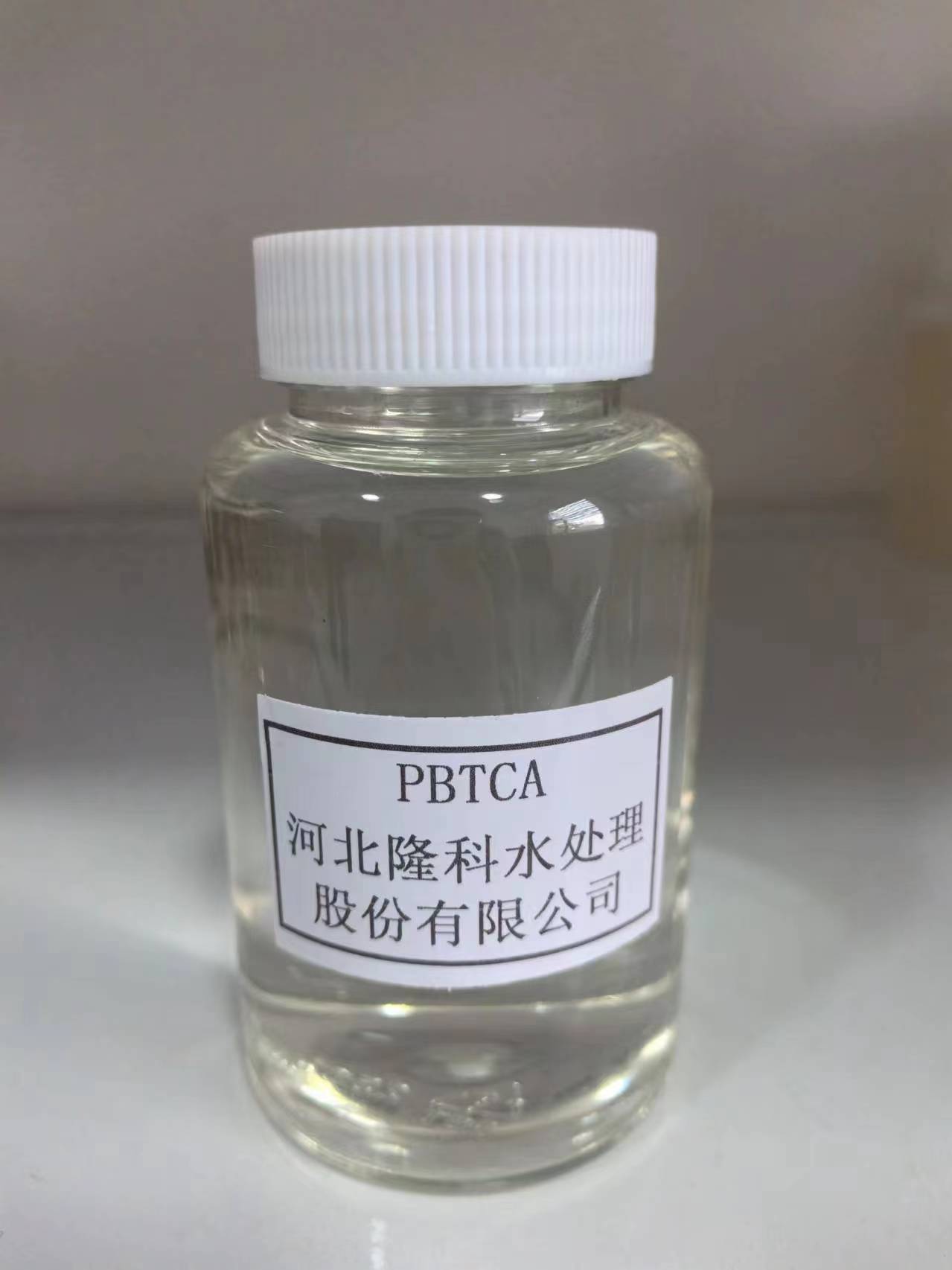Exploring the Chemical Properties and Applications of Phosphono Compounds in Organic Synthesis
The Multifaceted Role of Phosphono Compounds in Modern Chemistry
Phosphorus, an essential element in various biological and chemical processes, has given rise to an intriguing class of compounds known as phosphono compounds. Characterized by the presence of a phosphonate group (–PO(OH)(O–)2), these compounds are of significant importance in diverse fields, from agriculture to pharmaceuticals. This article delves into the structure, synthesis, and applications of phosphono compounds, underscoring their vital role in modern chemistry.
Structure and Properties
Phosphono compounds feature a phosphorus atom bonded to various organic moieties and exhibit diverse structural configurations. The general formula of phosphonate compounds is often represented as R–PO(OH)(O–)2, where R denotes organic substituents. The phosphorus atom typically exhibits trivalent or pentavalent coordination, leading to a variety of geometrical arrangements. This diversity in structure contributes to the unique chemical properties of phosphono compounds, such as solubility in water, thermal stability, and reactivity towards nucleophiles.
The properties of phosphono compounds are largely attributed to the electronic characteristics of the phosphorus atom, which can partake in various oxidation states. Phosphonos exhibit both Lewis acid and Lewis base behavior, enabling them to engage in a multitude of chemical reactions. This dual nature renders phosphono compounds valuable in catalysis and ligand design.
Synthesis of Phosphono Compounds
The synthesis of phosphono compounds can be achieved through a myriad of chemical methods. One of the prominent routes involves the reaction of phosphorus trichloride with alcohols or phenols, followed by hydrolysis. The resulting phosphonates can be further modified through nucleophilic substitution or Grignard reactions to yield more complex structures.
Another prevalent method for synthesizing phosphono compounds is through the use of organophosphorus chemistry, utilizing reagents such as phosphorus oxychloride or phosphorus pentoxide in reactions with suitable organic partners. These synthetic strategies enable chemists to tailor the properties of phosphono compounds for specific applications, making them versatile reagents in organic synthesis.
Applications in Agriculture
One of the most significant applications of phosphono compounds is in the agricultural sector, particularly as herbicides and pesticides. Glyphosate, a well-known herbicide, is a phosphono compound that has revolutionized farming practices. Its broad-spectrum activity against weeds, coupled with its relatively low toxicity to non-target organisms, has made it a staple in modern agriculture.
phosphono

Moreover, phosphonate fertilizers have gained popularity due to their ability to enhance plant growth by providing a readily available source of phosphorus. These fertilizers improve nutrient uptake efficiency and promote sustainable farming practices, thus playing a crucial role in food production.
Biomedical Applications
Phosphono compounds also hold immense potential in the field of pharmaceuticals. The presence of phosphonate groups imparts bioactivity and stability to pharmaceutical agents. For instance, several antiviral and anticancer drugs incorporate phosphono moieties to enhance their therapeutic efficacy.
One notable example is the class of nucleotide analogs used in antiviral therapies, where phosphonates serve as effective inhibitors of viral polymerases. The incorporation of phosphono groups into drug design not only enhances activity but also improves resistance to enzymatic degradation, thus increasing the bioavailability of therapeutic agents.
Future Perspectives
As research in phosphono chemistry advances, the potential applications of these compounds continue to expand. The development of novel synthetic methodologies promises the creation of new phosphono-based materials with tailored properties. Additionally, the advent of green chemistry practices encourages the exploration of phosphono compounds as eco-friendly alternatives in various applications.
Moreover, interdisciplinary collaborations between chemists, biologists, and agricultural scientists will likely pave the way for innovative solutions to contemporary challenges, such as food security and disease management. The versatility of phosphono compounds positions them at the forefront of sustainable chemistry and technology.
Conclusion
In summary, phosphono compounds represent a remarkable facet of modern chemistry with their diverse structures, synthesis methods, and wide-ranging applications. From enhancing agricultural productivity to innovative pharmaceutical developments, the significance of phosphono compounds cannot be overstated. As research progresses, these compounds are poised to play an even more pivotal role in addressing global challenges, reaffirming the relevance of phosphorus in both chemical and biological systems.
-
LK-319 Special Scale And Corrosion Inhibitor For Steel Plants: Advanced Solutions for Industrial Water SystemsNewsAug.22,2025
-
Flocculant Water Treatment: Essential Chemical Solutions for Purification ProcessesNewsAug.22,2025
-
Isothiazolinones: Versatile Microbial Control Agents for Industrial and Consumer ApplicationsNewsAug.22,2025
-
Scale Inhibitor: Key Solutions for Water System Scale PreventionNewsAug.22,2025
-
Organophosphonates: Versatile Scale Inhibitors for Industrial Water SystemsNewsAug.22,2025
-
Scale and Corrosion Inhibitor: Essential Chemical Solutions for Water System MaintenanceNewsAug.22,2025





